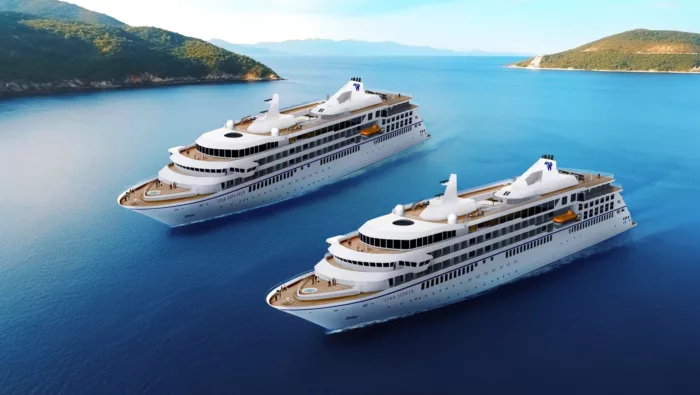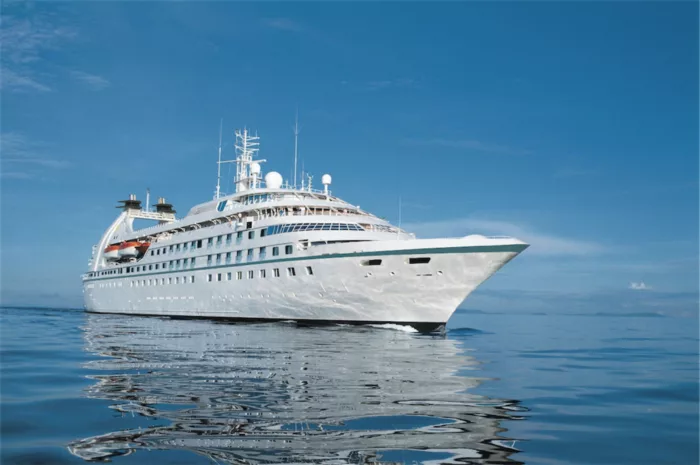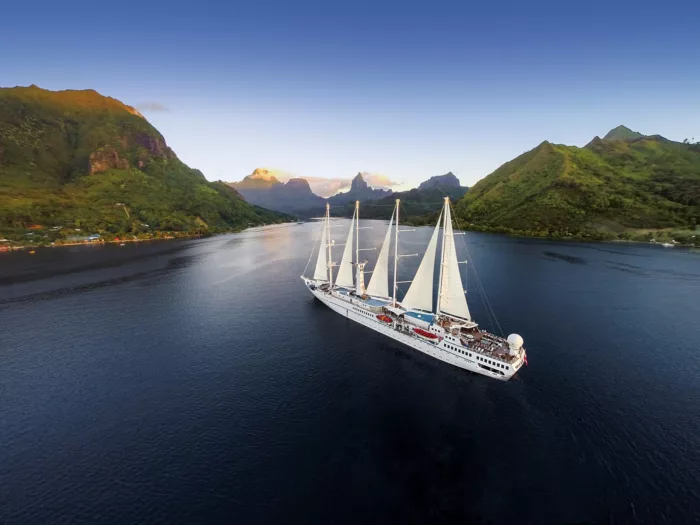
Windstar Cruises
Windstar Cruises operates a fleet of small luxury cruise ships. The cruise line has six yachts - three of which are masted sailing ships - and offers laid-back luxury with a tinge of historic seafaring adventure.
Wind Star and Wind Spirit each carry 148 guests, whereas Wind Surf carries 342. 'Power yachts' Star Pride, Star Breeze and Star Legend all carry 312 passengers. It's a unique experience, by all means!
224
Passengers
135
Crew
2026
Launched
9315t
Tonnage
131m
Length
19m
Width
12kts
Speed
4
Decks
USD
Currency
Cruise Itinerary
Day 1
San Juan (Puerto Rico), Puerto Rico
Day 2
At Sea
Relax and make the most of the myriad of facilities available on board the ship, from fantastic entertainment to delicious and diverse dining options.
Day 3
Port Elizabeth, Bequia, Saint Vincent and the Grenadines
Day 4
Mayreau Island, Saint Vincent and the Grenadines
Day 5
Soufrière, Saint Lucia
Day 6
Terre-de-Haut, Guadeloupe
Day 7
Marigot, Saint Martin (French part)
Day 8
San Juan (Puerto Rico), Puerto Rico

Day 1
San Juan (Puerto Rico), Puerto Rico

Day 2
At Sea

Day 3
Port Elizabeth, Bequia, Saint Vincent and the Grenadines

Day 4
Mayreau Island, Saint Vincent and the Grenadines

Day 5
Soufrière, Saint Lucia

Day 6
Terre-de-Haut, Guadeloupe

Day 7
Marigot, Saint Martin (French part)

Day 8
San Juan (Puerto Rico), Puerto Rico
Ship Details


Windstar Cruises
Star Seeker
Be one of the first to experience Star Seeker, Windstar’s newest yacht, during our inaugural sailing season beginning January 2026!

Cabins
All Prices












